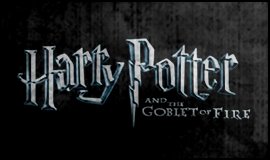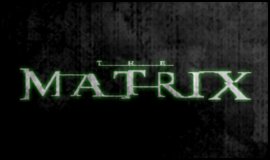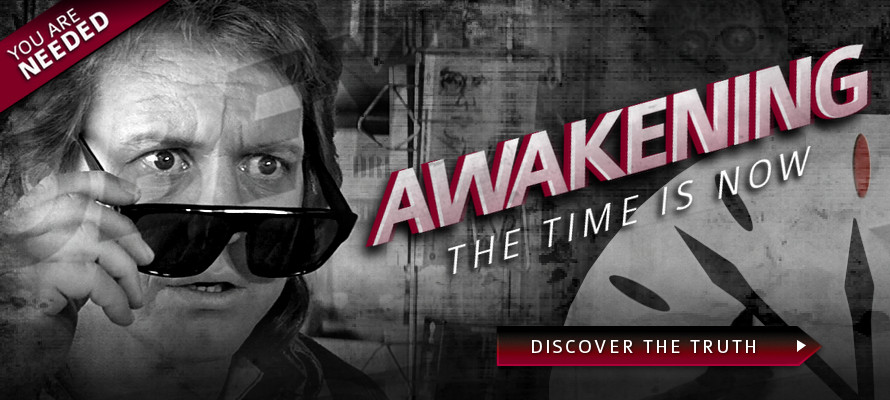
The double-headed eagle is a common symbol in heraldry and vexillology. It is most commonly associated with the Byzantine Empire and the Holy Roman Empire. In Byzantine heraldry, the heads represent the dual sovereignty of the Emperor (secular and religious) and/or dominance of the Byzantine Emperors over both East and West. In the Holy Roman Empire’s heraldry, it represented the Church and the State. Several Eastern European nations adopted it from the Byzantines and continue to use it as their national symbol to this day, the most prominent being Russia.
Origins
Double-headed eagles have been present in imagery for millennia. The two-headed eagle can be found in the archaeological remains of the Sumerian civilization and through the Hittite civilization, dating from a period that ranges from the 20th century BC to the 7th century BC. The Gandaberunda is another example of a myhthological two-headed bird, which is in common use in India
Cylindric seals discovered in Bogazkoy, an old Hittite capital in modern-day Turkey, represent clearly a two-headed eagle with spread wings. The aesthetics of this symmetrical position explains in part the birth of this religious figure: It originally dates from circa 3,800 BC, and was the Sumerian symbol for the god of Lagash, Ninurta son of Enlil. It can also be seen in the same region in three monumental settings: Circa 1,900 BC during the Hittite surge from north-central Anatolia down into Babylonia; in Alacahöyük around 1400 BC and in Yazilikaya before 1250 BC. Here the context looks slightly different and totally religious: The eagle returns to its ancient origins as a symbol of divine power. The two-headed eagle is seen less and less during the last Hittite period (from the 9th century BC to the 7th century BC) and totally disappears after the end of the empire.
The double-headed eagle was also in use by the Arsacid Dynasty of Armenia in the 3rd to 9th centuries.
Use in Freemasonry
The Double-Headed Eagle is found on the back of the Master of Ceremonies’ chair
– Eyes Wide Shut (1999)The Double-Headed Eagle of Lagash [there’s no double-headed eagle at Lagash] is used as an emblem by the Scottish Rite of Freemasonry. There are many meanings attached to this symbol. It has been introduced in France in the early 1760s as the emblem of the Kadosh degree.

2010’s
2011
2000’s
2009
2008
2007
2006
2005
2003
1990’s
1999
1997
1992
1991
1980’s
1985

The Ancient and Accepted Scottish Rite of Freemasonry (the Northern Masonic Jurisdiction in the United States often omits the and), commonly known as simply the Scottish Rite, is one of several Rites of the worldwide fraternity known as Freemasonry. A Rite is a series of progressive degrees that are conferred by various Masonic organizations or bodies, each of which operates under the control of its own central authority. In the Scottish Rite the central authority is called a Supreme Council.
The thirty-three degrees of the Scottish Rite are conferred by several controlling bodies. The first of these is the Craft Lodge which confers the Entered Apprentice, Fellowcraft, and Master Mason degrees. Craft lodges operate under the authority of Grand Lodges, not the Scottish Rite. Although most lodges throughout the English-speaking world do not confer the Scottish Rite versions of the first three degrees, there are a handful of lodges in New Orleans and in several other major cities that have traditionally conferred the Scottish Rite version of these degrees.
The Scottish Rite is one of the appendant bodies of Freemasonry that a Master Mason may join for further exposure to the principles of Freemasonry. In England and some other countries, while the Scottish Rite is not accorded official recognition by the Grand Lodge, there is no prohibition against a Freemason electing to join it. In the United States, however, the Scottish Rite is officially recognized by Grand Lodges as an extension of the degrees of Freemasonry. The Scottish Rite builds upon the ethical teachings and philosophy offered in the craft lodge, or Blue Lodge, through dramatic presentation of the individual degrees.
FURTHER READING
Neo chooses the ‘Red Pill’ symbolizing the ‘Red Lodge’ or Scottish Rite of Freemasonry
– The Matrix (1999)
First Published: Dec 10, 2011 – Last Updated: Apr 17, 2014




















You must be logged in to post a comment.